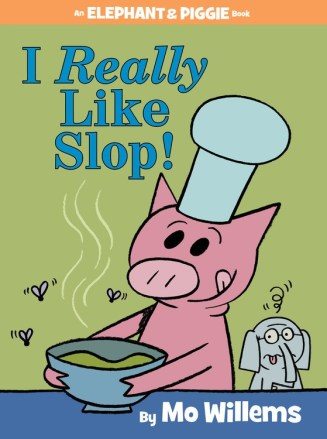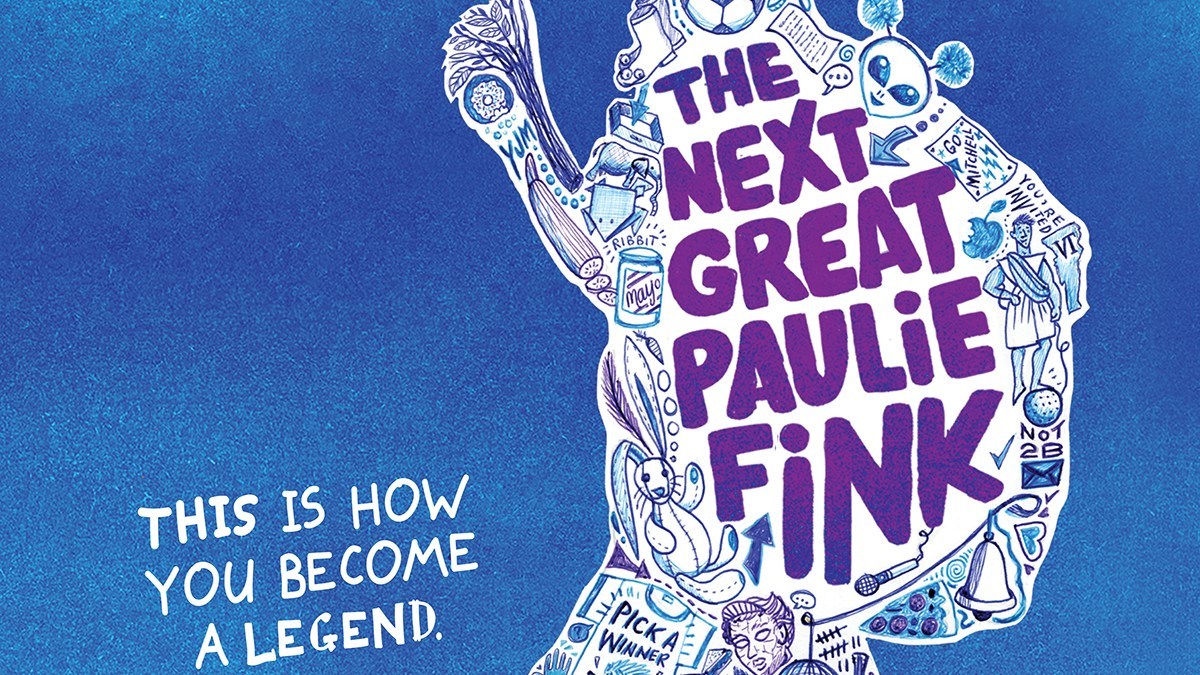
Parents want their early readers to read more to become more confident and fluent. Early readers want their parents to still cuddle them close and read to them.
We’re seeing this in our own household, but it’s a common tension.
While listening to episode 364 of the “All The Wonders” podcast, I heard interviewee David A. Robertson hope that a child and an adult would together read his book When We Were Alone. A light went off in my head. We don’t have to choose between “parents read to children” and “children read to parents or on their own.”
So the next morning, I proposed a game to my daughter. We could read an Elephant & Piggie book as if it were a play. Many of the books have just the two major characters. She’d read the part of one; I’d read the other. She chose Piggie (and the inevitable Pigeon cameo), so I got Gerald. My wife dubbed it “playing play.”
We started with Waiting Is Not Easy. As I read my parts, I copied Elephant Gerald’s outsized expressions and gestures. It’s possible I’m a bit of a ham, but Mo Willems’ expressive art is a big help here. My daughter quickly caught on: She tried to copy Piggie’s poses and—in this book—more serene behavior.
Later she suggested I Really Like Slop. As soon as she saw Piggie with a bowl of slop, she went and got green felt and a bowl from her play kitchen. She had figured out her own props! And props have been an integral part of every book since then. (Consider yourself warned about Let’s Go For A Drive: umbrellas, suitcases, and maps are all involved.)
Of course, kids act out stories all the time. They recreate and remix pop-culture characters and dress up with abandon. Sometimes grown-ups are involved; sometimes not. “Playing play” is no different; it merely adds a book to the mix, and forces the actors to read their parts.
You probably won’t be surprised to learn that searching on Amazon.com yields a number of plays designed for early readers. The few I’ve looked through either seem designed for classrooms or, ahem, give you a new appreciation for what Willems can do with simple language.
Turns out I’m not the first to turn Elephant & Piggie books into a play
I say just translate normal books. I find that books with word balloons work best for our early reader. Here are some examples I came up with:
- The many early-reader Willems books: Elephant & Piggie, the Pigeon books, the new “Elephant & Piggie Love Reading” series. These are good books even when you’re not acting them out. (Indeed, there is already an Elephant & Piggie play named “We Are In a Play” that is a mix of the books.)
- Comics, of course, especially the early readers from TOON books.
After a few sessions, here are lessons I’ve learned:
- I don’t think my child is particularly unusual in enjoying hammy, silly behavior. Go for it!
- We do this casually sitting on the floor of our living room. You don’t need a big space.
- It’s worked really well for my daughter to figure out what props to use based on the story. Sometimes we have things such as umbrellas that map to the items in the book. Sometimes we have to improvise. Improvising is creativity.
- Let your child be stage manager. Actually, just let your child lead as much as possible.
- If people will be playing multiple parts, make sure to look ahead and choose parts that will give each person equal amounts of
readingacting time.
If you’re another theatrical reader, let us know your favorite books and tips.






Video is broken :-
The thumbnail makes it look broken but I was just able to play it without an issue.
What fun! I used to love reading ‘Don’t Let the Pigeon Drive the Bus’ this way. Not much for early reading, but definitely makes reading fun. Now my 11yo will tell me if I’m using the wrong voice as I’m reading a particular character in a novel that we’re reading together. Apparently I’ve created a monster.